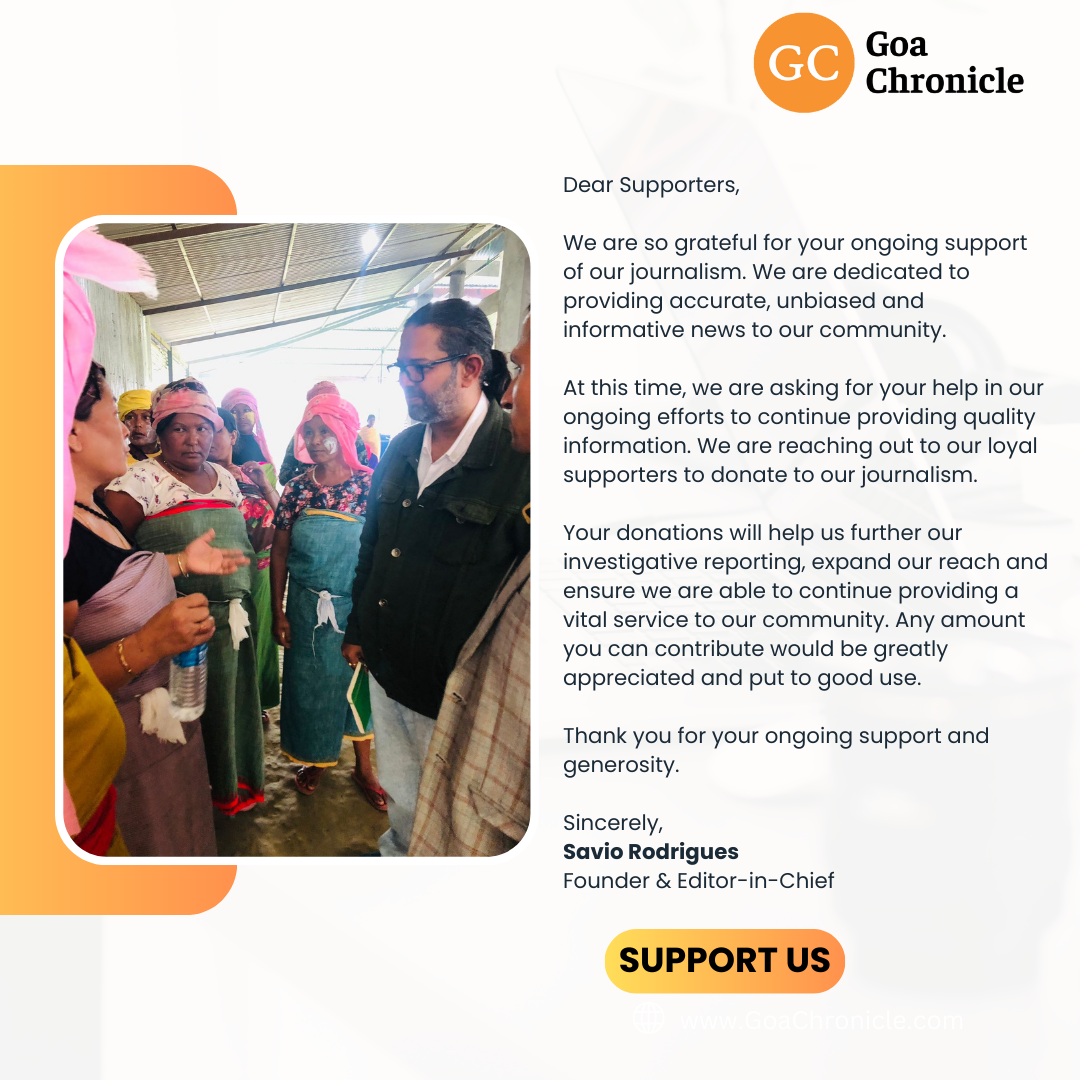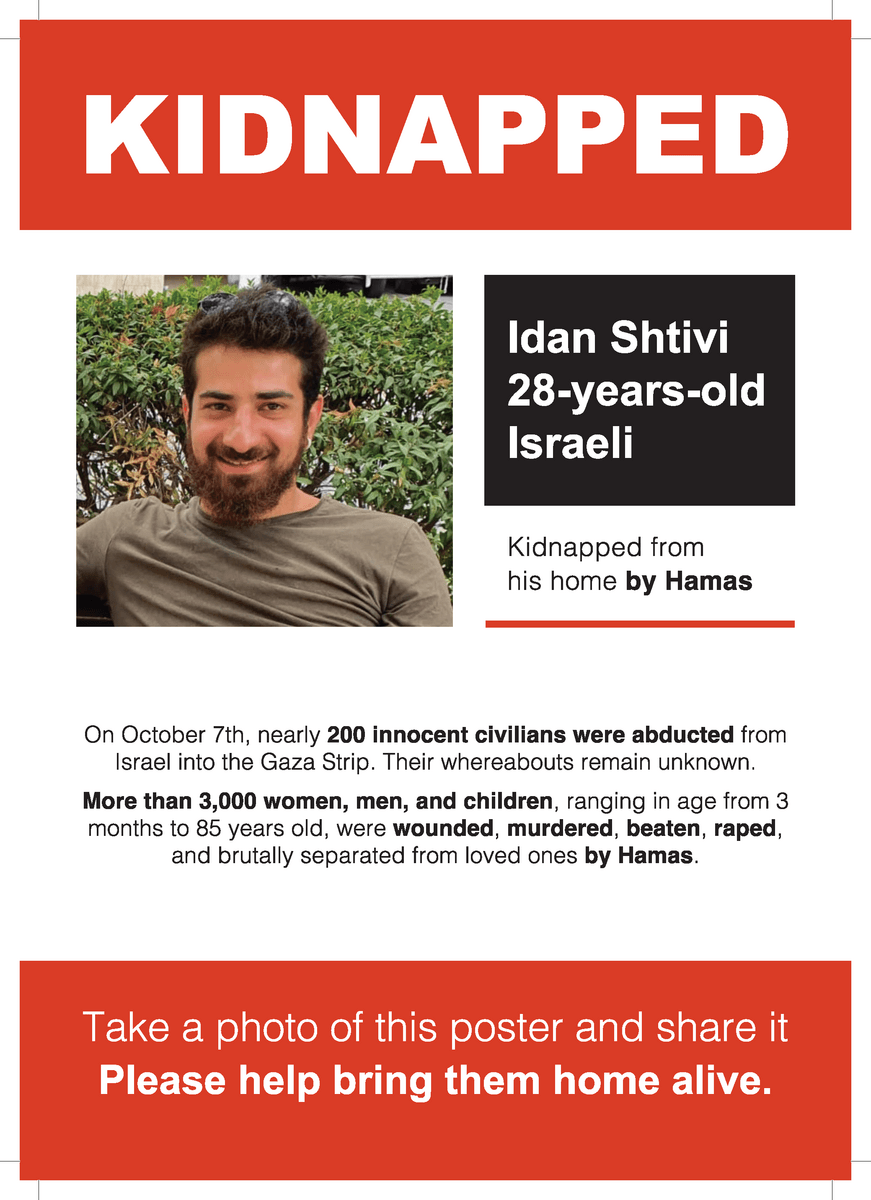Almost everyone today knows that the Taliban is an Afghan-born, Pakistan-educated RADICAL ISLAMIST TERRORIST ORGANIZATION, but to understand why they came to power in 1996, and why they were able to control a far larger part of Afghanistan than most other governments before and after them, we need to go back 48 years into history.
In July 1973, Mohammed Daoud Khan (PM of Afghanistan from Sep. 1953 to March 1963) staged a bloodless coup against his first cousin, King Mohammed Zahir Shah, and established a republican government, with himself as President, ending 264 years of royal rule. Daoud’s forces started training Pashtuns and Balochis and sent them to Pakistan for sabotage and militancy. By 1975, Pakistan’s PM Zulfikar Ali Bhutto, through its intelligence/spy agency ISI, began a proxy war inside Afghanistan.
In April 1977, Daoud met Leonid Brezhnev (General Secretary of the Communist Party of the Soviet Union, and thus the USSR’s supreme leader) at Moscow. He expressed his opposition to the Soviet attempt to unite the two factions of the (Communist) People’s Democratic Party of Afghanistan (PDPA), the hardline Khalq and the moderate Parcham. Brezhnev ignored him. An upset Daoud made plans to forge closer contacts with the West, Iran and Saudi Arabia. Relations with Pakistan improved thanks to interventions from the US Government and the Shah of Iran.
The Khalq and Parcham factions united against Daoud in July 1977, and Daoud fired several PDPA politicians from high-ranking posts. In April 1978, about 2000-3000 people gathered to hear speeches by PDPA leaders Nur Muhammad Taraki (Khalq), Hafizullah Amin (Khalq), and Babrak Karmal (Parcham). Daud ordered the arrest of PDPA leaders but was too slow. It took a week to arrest Taraki, Amin was merely placed under house arrest, while Karmal managed to escape to the USSR.
On April 27, rebel forces attacked Daoud’s forces at Kabul airport’s military base. While under house arrest, Amin sent detailed orders to Colonel Mohammad Aslam Watanjar, to carry out a coup. Daoud and most of his family were killed.
On April 30, 1978, Taraki became Chairman of the Revolutionary Council (President) and Chairman of the Council of Ministers (PM) of Afghanistan, while retaining his post as PDPA general secretary (supreme leader). He formed a government comprising both Khalqists and Parchamites. Karmal became Deputy Chairman of the Revolutionary Council (Vice President) and Deputy Chairman of the Council of Ministers (Deputy PM), Amin became Deputy Chairman of the Council of Ministers and Minister of Foreign Affairs, while Watanjar became Deputy Chairman of the Council of Ministers and Minister of Communications.
The appointment of three Deputy PMs led to three sub-governments within the main government: Khalq answerable to Amin, Parcham to Karmal, and military (mostly Parcham) to Watanjar. Internal problems soon arose and several prominent Khalqists accused the Parcham faction of conspiring against the Taraki government. A purge of the Parcham began with the faction’s most prominent members being sent out of the country. Karmal was sent as Ambassador to Czechoslovakia (now Czechia).
Taraki initiated a reform in Jan. 1979 which attempted to limit the amount of land a family could own. This was neither popular nor productive. Agricultural harvests plummeted and led to rising discontent. The PDPA also initiated other radical Marxist policies that challenged traditional Afghan values as well as well-established power structures in rural areas. The government allowed women in politics and legislated an end to forced marriage. Many other feudal practices were banned. The government stressed education for both women and men, and launched an ambitious literacy campaign. Sharia law was abolished, and men were encouraged to cut off their beards.
Strong resentment of such changes in a country deep-rooted with Islamic culture triggered surging unrest throughout the country. In March 1979, an uprising began and turned into an open war between the government and rebels. Taraki asked USSR’s Premier Alexei Kosygin (No.2 in the Soviet Government) for assistance with men and armament. First Kosygin refused, and then Brezhnev too refused to help Taraki.
There was a power struggle between Taraki and Amin, who slowly started gaining power. Soviet leaders, on the advice of the KGB (Komitet gosudarstvennoy bezopasnosti was the main security/spy agency of the USSR from 1954 to 1991 and considered to be more powerful than the USA’s CIA), urged Taraki to remove Amin. Four prominent army officers including Watanjar (“Gang of Four”) unsuccessfully tried to assassinate Amin.
On Sep. 14, 1979, when Amin was visiting the presidential palace to lunch with Taraki, guards opened fire. Amin was injured but escaped. He put the Afghan Army on high alert. Tanks entered Kabul and surrounded government buildings. Amin returned to the palace with several army officers, and arrested Taraki. The Gang of Four sought refuge in the USSR Embassy. The Soviets wanted to rescue Taraki, but Amin’s perceived military strength deterred them.
Hafizullah Amin became the PDPA general secretary and Chairman of the Revolutionary Council (President) of Afghanistan. Amin was told by the Soviets not to strip Taraki and his comrades of their posts, but Amin ignored them. He spoke with Brezhnev, and indirectly sought consent to kill Taraki. Brezhnev replied that it was his choice. Assuming that he now had full Soviet support, Amin ordered the death of Taraki, who was suffocated with pillows on Oct. 8th. This shocked and upset Brezhnev.
Amin was not liked by the people and opposition to the regime increased. Due to desertions, the strength of the Afghan Army decreased from 100,000 men to about 50,000–70,000. Another problem Amin faced was the KGB’s penetration of the PDPA, the military, and the bureaucracy.
The Soviet Politburo assessed Amin as biased, power-hungry, treacherous and brutal; insincere and disloyal to the USSR; with a tendency to favour the US and its allies. They suspected that Amin was a CIA agent. Amin was invited to Moscow, where KGB Chairman Yuri Andropov (who became supreme leader of the USSR after Brezhnev, in Nov. 1982) talked about the undesirable turn of events in Afghanistan. In the meantime, Karmal met several Eastern Bloc leaders and also established an alliance with the Soviets. The KGB failed to kill Amin by poisoning on December 13th. They also tried to kill him with a sniper shot, but this too failed.
On Dec. 25, 1979, USSR’s Defence Minister Dmitriy Ustinov issued an official order: “The state frontier of [Afghanistan] is to be crossed on the ground and in the air by forces of the 40th Army and the Air Force at 1500 hrs on 25 December.” This was the formal beginning of the Soviet invasion of Afghanistan.

Amin had moved from the presidential palace to the formidable Tajbeg Palace in the suburbs of Kabul. Tajbeg’s walls were strong enough to resist artillery fire. All roads had been mined, except one which had heavy machine guns and artillery. External defences were run by the Presidential Guard with 2,500 troops and three tanks.
The KGB tried to poison Amin just hours before the assault on Tajbeg on December 27th but failed yet again. Amin and his son were killed in the assault, and his daughter was injured. All men of his family were executed.
Babrak Karmal was installed as the new PDPA general secretary and Chairman of the Revolutionary Council (President) of Afghanistan, while the Soviet Army began intervention that would last for nine years. Throughout the Western world, the Soviet invasion was considered a threat to global security and to oil supplies from the Persian Gulf.
Pakistan’s ISI began lobbying the US Government and its allies to assist Islamist rebels (mujahidin) in Afghanistan. Eleven months earlier, US President Jimmy Carter had told his National Security Advisor and Secretary of State (foreign minister) to repair relations with Pakistan and had approved a CIA-ISI alliance. President Zia-ul-Haq’s ties with the US Government had been strained due to Pakistan’s nuclear program. The Carter Administration told the CIA to counter Soviet aggression. US Government officials secretly began meeting Afghan rebel leaders through Pakistani government contacts.
In August, the CIA had considered providing arms through the ISI to the mujahidin. On the day of the Soviet invasion, Carter authorised it and the US Government began arming the mujahidin in Jan. 1980. He announced sanctions on the USSR and renewed aid to Pakistan. He also called for a boycott of the 1980 Moscow Olympics. Carter’s successor President Ronald Reagan took an even tougher stance.
The US Government provided overt and covert aid to Afghan rebels in an effort to ‘rollback’ Soviet-backed Communist governments globally. Reagan deployed the CIA’s ‘Special Activities Division’ (SAD) to the Af-Pak region. [Known as Special Activities Center or SAC since 2016, it is the covert ops and paramilitary ops division of the CIA]. They were instrumental in training, equipping and leading mujahidin forces against the USSR.
Between 1983 and 1986, the CIA’s budget for covert ops in Afghanistan increased from just $5 million to $500 million ($1.174 billion or ₹8,800 crores today) and was matched by Saudi Arabia.
In 1985, the CIA entered Afghanistan directly and established its own secret relationships with many mujahidin groups, separate from the ISI. The funding of the multiple mujahidin groups by the CIA (via ISI or directly) created linkages among fundamentalist Islamists worldwide and also helped Al-Qaeda and Osama bin Laden. From 1983 to 1987, the ISI trained about 83,000 mujahidin fighters and sent them to Afghanistan. Through the ISI, the CIA allegedly promoted heroin smuggling into Afghanistan, to turn Soviet troops into drug addicts.
Brezhnev was the supreme leader of the USSR for 18 years up to Nov. 1982. The next two leaders lasted less than 15 months each. Mikhail Gorbachev took over in March 1985. His ‘new thinking’ was key in the USSR’s decision to withdraw from Afghanistan. He was attempting to remove the USSR from economic stagnation that had set in under Brezhnev, and reform its economy and image, with Glasnost (openness and freedom of speech) and Perestroika (economic reforms).
With the Afghan situation deteriorating, and the USSR seeking ways to withdraw, Gorbachev wanted Karmal out. Former KHAD (Khadamat-e Aetla’at-e Dawlati, the intelligence/spy agency of Afghanistan) head Mohammed Najibullah was made PDPA general secretary on May 4, 1986, but Karmal remained President. When Najibullah began complaining about Karmal, the Soviet Politburo decided to remove Karmal, who was exiled to Moscow, given an apartment and a dacha (country house). Najibullah became President of Afghanistan on Sep. 30, 1987.
The first step of USSR’s exit strategy was to transfer the burden of fighting the mujahidin to Afghan armed forces. During this phase, Soviet forces were restricted to supporting Afghan forces by providing artillery, air support and technical assistance, though some large-scale ops were still carried out by Soviet troops. Afghan armed forces were built up to a strength of 282,000 in 1986. To minimize the risk of a coup, they were divided into different branches (Ministry of Defence 132,000, Ministry of Interior 70,000 and KHAD 80,000), modelled on Soviet counterparts. But these were theoretical figures; in reality, each service was plagued with desertions.
Gorbachev began easing Cold War tensions by signing an arms control treaty with the US in 1987. He regarded confrontation with China and resulting military build ups on that border as one of Brezhnev’s biggest mistakes. Beijing wanted Soviet withdrawal from Afghanistan to normalise Sino-Soviet relations. The USSR announced it would withdraw from Afghanistan. A massive withdrawal of Soviet or their allies’ forces from Angola, Cambodia, and Mongolia during the period shows that USSR’s decision to leave Afghanistan was based on a general change in its foreign policy under Gorbachev.
In April 1988, Pakistan and Afghanistan, with the US and the USSR as guarantors, signed the “Geneva Accords”. Soviet forces withdrew between May 15, 1988, and Feb. 15, 1989. The USSR had negotiated ceasefires with mujahidin commanders, so the withdrawal was generally peaceful. It was widely believed that Afghan forces would not be able to resist the mujahidin for long.
The US could have reacted to the Soviet invasion of Afghanistan by celebrating the Soviets’ stupidity and waited patiently for the mujahidin to do their work. This would have limited or no risk. It would have kept America out of a dangerous territory which it did not know well. Instead, it chose intense engagement, which had serious effects.

It brought hundreds of thousands of ‘foreign fighters’ to the Af-Pak region, including Osama bin Laden. They brought harsh forms of Islamic fundamentalism, little known in Afghanistan. Their influence—Wahhabi fanaticism taught to the mujahidin in a war paid for by the US and Saudi Arabia—also gave birth to the Taliban, which gave a safe haven to Al-Qaeda.
After the Soviet withdrawal, the CIA’s objective was to topple the Najibullah government. Among others, the three main factions that the CIA was supporting were: (1) Ahmad Shah Massoud, unilaterally; (2) Gulbuddin Hekmatyar, through the ISI; and (3) Jalaluddin Haqqani, also through the ISI.
There was disagreement between the CIA and the US Department of State (foreign ministry) on which faction to support. The Department of State felt that the Afghans were unhappy with the anti-US Wahhabi-leaning Gulbuddin Hekmatyar, and recommended a political settlement involving the expat Afghan professional class. The UK’s foreign intelligence/spy agency MI6 supported this theory. The CIA trusted the ISI to establish a stable regime. The US Government’s interdepartmental dispute continued until 1991.
Meanwhile, a civil war started in Afghanistan, as the CIA+ISI-supported Hekmatyar sought to eliminate all rivals, including the CIA-supported Massoud. Between 1987 and 1989, Hekmatyar and Massoud had been frequently fighting each other and killing each other’s officers.
On March 5, 1989, a Seven-Party Mujahidin Alliance (including Hekmatyar), with 10,000 men, with ISI support, attacked Jalalabad and captured the airfield, before being counterattacked by Afghan state forces. Jalalabad remained in the hands of Najibullah’s government. The mujahidin suffered ~3,000 casualties and 12,000–15,000 civilians died. Contrary to American and Pakistani belief, the battle proved that the Afghan forces could fight without Soviet help.
The CIA and the ISI made a plan to topple the Najibullah government in a winter 1989 offensive on Kabul. The CIA paid $500,000 to Ahmad Shah Massoud, in addition to his $200,000 monthly stipend, to close the Salang Pass connecting Northern and Southern Afghanistan, but Massoud failed.
On March 7, 1990, Hekmatyar and Afghan Defence Minister Lt. General Shahnawaz Tanai attempted a failed coup. To buy the loyalty of Najibullah’s troops, money came in part from Osama bin Laden. Hekmatyar got hundreds of millions of dollars from the US, the UK, Saudi Arabia, Pakistan and Osama bin Laden, despite the fact that he never won a significant battle, killed significant numbers of mujahidin fighters from other groups, and took a strong anti-Western line.
In 1991, the CIA with the ISI wanted to unleash the mujahidin in one last effort, while the US Secretary of State worked to coax Najibullah and the rebels into elections. On April 11, the mujahidin conquered Khost city, after a month-long battle led by Jalaluddin Haqqani, with representatives from all parties of the Seven-Party Alliance. The mujahidin succeeded, as the government garrison had run out of supplies.
Afghanistan was in dire straits. Reserves of natural gas, its only export, had dried out, rendering the country completely dependent on Russian aid. But the USSR had collapsed, and the new Russian Federation (Russia) was faltering, preventing it from fulfilling its commitments. In Aug. 1991, Boris Yeltsin (First President of Russia) announced that all assistance to Afghanistan would be curtailed. In Jan. 1992, the Afghan Air Force could not fly due to lack of fuel. The army suffered from crippling food shortage, causing 60% higher desertion rate.
Pro-government militias, that had replaced the Afghan army in many tasks, were faithful only if the government could deliver enough weapons. With no more Russian aid, the government could no longer meet these demands, and the militias’ loyalty began to shake. After talks between General Abdul Rashid Dostum (militia leader and head of an Afghan Army Infantry Division) and Massoud, Dostum’s 20,000+ Junbish militia defected to the mujahidin. This turned the tables in favour of the rebels and forced Najibullah to resign on April 16, 1992.
After two interim Presidents in 75 days, a coalition government was formed on June 28, 1992, with Jamiat-e Islami leader Burhānuddīn Rabbānī as President of the renamed “ISLAMIC STATE OF AFGHANISTAN”. Massoud was made Defence Minister. Jamiat-e Islami, Afghanistan’s oldest Islamic party, was the first mujahidin group to enter Kabul after Najibullah resigned.
Dostum then left Kabul for his northern stronghold Mazar-i-Sharif, where he ruled, in effect, an independent region (or ‘proto-state’), often referred as the Northern Autonomous Zone. He printed his own Afghan currency, ran a small airline named Balkh Air,[27] and formed relations with countries like Uzbekistan effectively creating his own proto-state with an army of up to 40,000 men, and with tanks supplied by Uzbekistan and Russia. While the rest of the country was in chaos, his region remained prosperous and functional, and it won him the support from people of all ethnic groups. Many people fled to his territory to escape the violence and fundamentalism imposed by the Taliban later on.[28] In 1994, Dostum allied himself with Gulbuddin Hekmatyar against the government of Burhanuddin Rabbani and Ahmad Shah Massoud, but in 1995 sided with the government again.
Rabbānī’s government was paralysed from the start, as Hekmatyar, Iran-assisted Hizb-e Wahdat and Saudi-supported Ittihad-i Islami refused to recognise it. With operational, financial and military support from the ISI, Hekmatyar had started attacks against government forces. Hekmatyar’s forces destroyed half of Kabul. The conflicts escalated into a civil war. Government departments, police units or a system of justice for the newly created Islamic State did not have time to form. Horrific crimes were committed. Ceasefires collapsed in days. Southern Afghanistan was neither under the control of foreign-backed militias nor the government but ruled by local militias.

The Taliban were religious students from Eastern and Southern Afghanistan’s Pashtun areas, educated in Pakistani madrasas (Islamic schools). Mullah Mohammad Omar founded the group in Kandahar with 50 students in Sep. 1994. Within months, 15,000 Pakistani madrasa students (many of them Afghan refugees) joined the group. The ISI strongly supported the Taliban, hoping for a new proxy power in Afghanistan for Pakistan’s regional interests.
On Nov. 3, 1994, the Taliban conquered Kandahar. By Jan. 4, 1995, they controlled 12 out of 34 Afghan provinces. They started shelling Kabul in early 1995. At first, the Taliban suffered a devastating defeat against Afghan Government forces under Massoud’s command. Then, Pakistan started providing stronger military support to the Taliban. On Sep. 26, 1996, as the Taliban prepared a major offensive, Massoud ordered government forces to retreat from Kabul, to continue resistance in the North-eastern mountains, instead of engaging in street battles in Kabul.
The Taliban entered Kabul on Sep. 27, 1996, and established a government of the “ISLAMIC EMIRATE OF AFGHANISTAN”. Their ministers were mullahs from madrasas. Their government was only recognised by the UAE, Saudi Arabia and Pakistan.

Brutal repression of women became widespread. Abuses were myriad and violently enforced by the religious police. The Taliban issued edicts forbidding women from being educated, forcing girls to leave schools and colleges. Women leaving their houses were required to be accompanied by a male relative and were obligated to wear the burqa. Those accused of disobeying were publicly beaten. Female employment was restricted to the medical sector, where male medical personnel were prohibited from treating women and girls. This further resulted in the widespread closure of primary schools, as almost all teachers prior to the Taliban’s rise had been women, further restricting access to education not only to girls but also to boys. In February 1998, religious police forced all women off the streets of Kabul and issued new regulations ordering people to blacken their windows so that women would not be visible from outside.
Other than these practices, the term ‘Talibanization’ referred to:
- the banning of long lists of activities such as movies, TV, videos, music, dancing, hanging pictures in homes, clapping during sports events;
- the banning of hairstyles and clothing on the grounds they are Western or immoral;
- oppression of Shia Muslims, including excommunication threats that they convert to Sunni Islam or be prepared to be killed;
- aggressive prohibition of public displays of affection;
- the destruction of non-Muslim artifacts, especially carvings and statues such as Buddhas of Bamyan, on the grounds that the artifacts are sins of idol-worship;
- harbouring of Al-Qaedaor other terrorists;
- a discriminatory attitude towards non-Muslims including Afghan Hindus, requiring them to wear yellow badges, a practice reminiscent of Nazi Germany’s anti-Jewish policies.
The Ministry for the Propagation of Virtue and the Prevention of Vice was in charge of implementing Islamic rules. It was first instituted in 1992 by the Rabbānī regime and adopted by the Taliban when they took power in 1996. The ministry received heavy subsidies and training from Saudi Arabia.
Do not forget that the Islamization of Afghanistan (starting with the Rabbānī regime) happened because of America, because the US helped the mujahidin to topple the Najibullah government. America was also responsible for the Taliban’s rise to power.
I shall continue this article in two more parts in the next few days.

Read my Other Articles
[feed url=”https://goachronicle.com/author/amit-bagaria/feed/” number=”5″]
DISCLAIMER: This article reflects author’s view point. Goa Chronicle may or may not subscribe to views of the author.
































